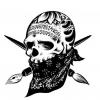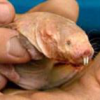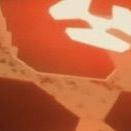What is the difference between the different premium denim mills?
-
hello 2024!
supertalk is free to browse as a guest. You need to be a member to participate in discussions or buy and sell on the classifieds.
Classifieds listings are now free for members.
supertalk is now upgraded to //// supertalk 8 ////
______________________________________
Current new membership is $US 12 ONE TIME FEE. NO RENEWAL FEE.
______________________________________
You can also become a premium superseller or supermember. Businesses who want to promote their brand and products need to become a supersponsor. superfuture® is privately owned and has been online continuously for 25 years. supertalk has been online for 21 years and is a digital cockroach that will survive all current and future apocalypses.
-
Top 10 Active Viewed Topics
-
- 26760 replies
- 6012863 views
-
- 24156 replies
- 5941896 views
-
- 24723 replies
- 4343008 views
-
- 22885 replies
- 3382713 views
-
- 13611 replies
- 3216545 views
-
- 10644 replies
- 3105047 views
-
- 21132 replies
- 2731115 views
-
- 13253 replies
- 2681751 views
-
- 8532 replies
- 2358627 views
-
- 11345 replies
- 2333612 views
-












Recommended Posts
Join the conversation
You can post now and register later. If you have an account, sign in now to post with your account.